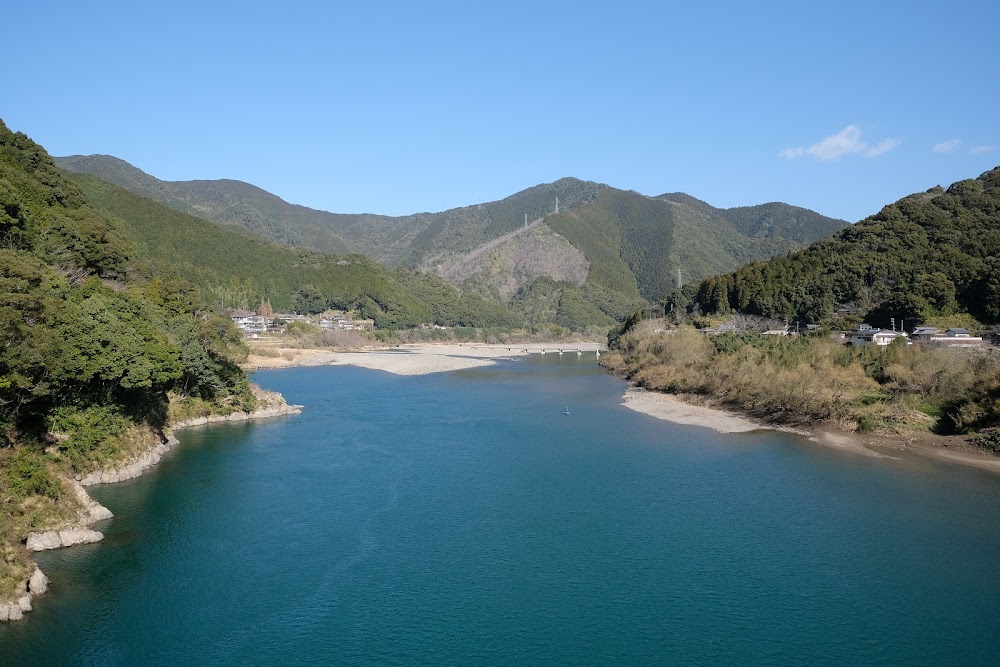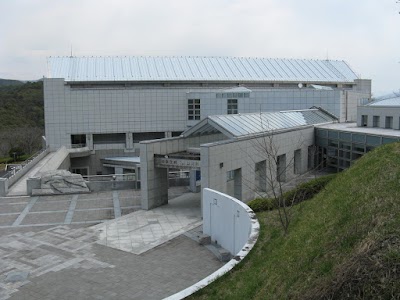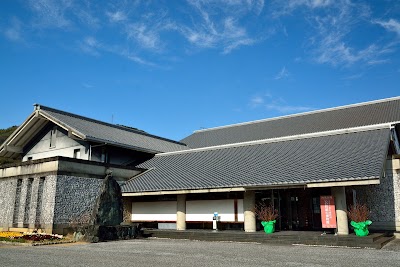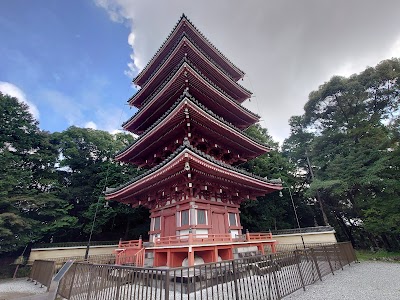Shimanto River (四万十川)
Overview
The Shimanto River, often hailed as Japan's last clear stream, gracefully winds through the enchanting landscape of Kōchi Prefecture in southern Japan. At a length of 196 kilometers, it is the longest river in the prefecture, renowned for its pristine waters and stunning natural beauty. What sets the Shimanto River apart is its unique feature: the absence of dams, allowing it to flow freely and sustain a vibrant ecosystem.
Originating from the Mount Irazu area, the river meanders through charming towns and villages, nourishing both the land and its inhabitants. The crystal-clear waters of the Shimanto are teeming with life, including species such as ayu (sweetfish), unagi (eel), and various freshwater shellfish that play a vital role in local cuisine. This rich biodiversity has woven the river into the fabric of local culture and daily life, making it an essential resource for the community.
The history of the Shimanto River dates back to ancient times, with its name believed to derive from old Japanese words meaning "forty thousand and ten crossings." This name reflects the multitude of fords and shallow areas along its course, historically used as crossing points for travelers. Over the centuries, the river has been integral to the development of the surrounding regions, providing water for agriculture, facilitating transportation, and sustaining daily activities.
One of the river's most distinctive features is its traditional chinkabashi, or low-water bridges. These unique structures are engineered without parapets to prevent them from being swept away by floodwaters. Their minimalist design allows for minimal resistance during high water flow, showcasing the ingenuity of the local people in harmonizing infrastructure with nature. Each bridge along the river tells a unique story, reminding us of the deep-rooted relationship between the residents and their environment.
Fishing practices along the Shimanto River have been passed down through generations, with fishermen employing traditional methods such as cormorant fishing and stationary fish traps known as moro. These sustainable practices have a minimal environmental impact, ensuring the health of the river and its fish populations. Additionally, the river's pure waters support local rice farming, with terraced paddies cascading down hillsides and benefiting from the river’s nourishment, producing some of Kōchi Prefecture’s most prized rice.
Throughout the year, several festivals and events are held along the banks of the Shimanto River, celebrating its significance and the local culture. Among the most prominent is the Shimanto River Fireworks Festival, a dazzling event that lights up the night sky each summer. This festival draws both locals and tourists, offering a unique blend of natural beauty and cultural heritage.
Recreational opportunities abound around the Shimanto River, with activities like kayaking, canoeing, and leisurely raft rides allowing visitors to soak in the breathtaking views of the lush greenery and crystal-clear waters. Numerous camping spots along the river provide ideal settings for relaxation, enabling everyone to connect with the serene beauty of nature up close.
The preservation of the river’s ecosystem is paramount, with various organizations and local communities actively working to protect the Shimanto from pollution and overuse. Regular clean-up campaigns, educational programs, and sustainable tourism initiatives are organized to uphold the river’s status as a model of natural beauty and ecological balance.
In essence, the Shimanto River is more than just a waterway; it represents the lifeblood of Kōchi Prefecture. It serves as a source of inspiration, providing sustenance and joy to all who dwell by its banks. Through its clear waters, traditional bridges, and vibrant ecosystem, the Shimanto River continues to symbolize the rich harmony between nature and humanity.









